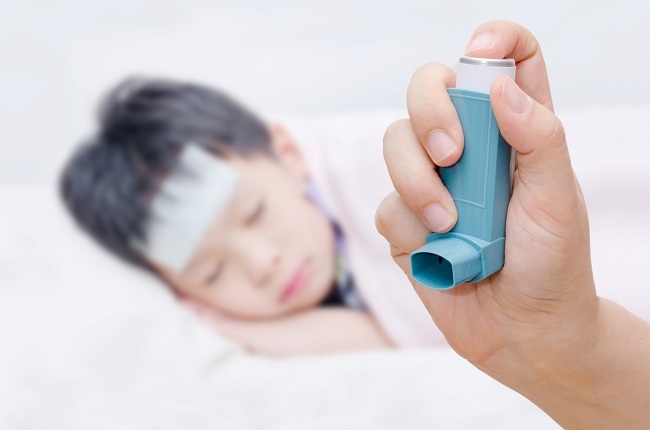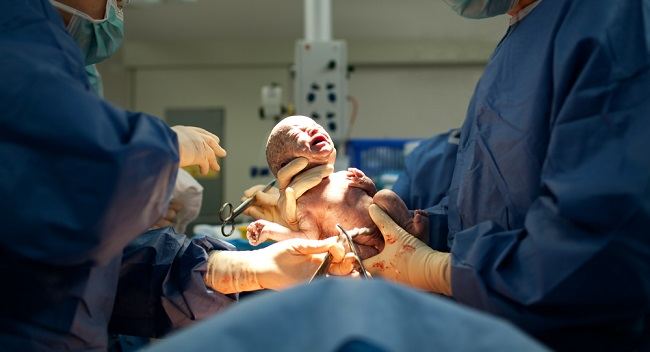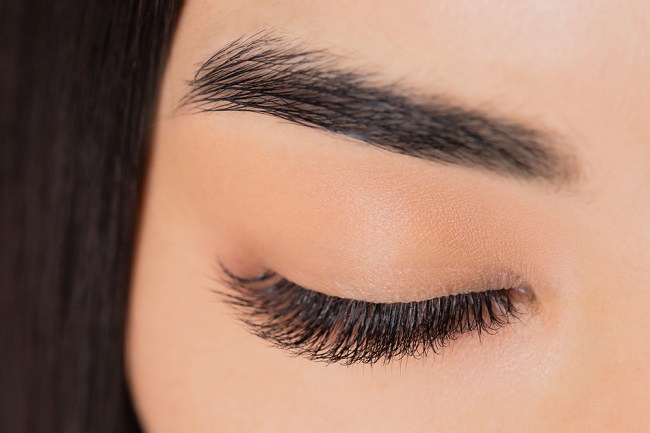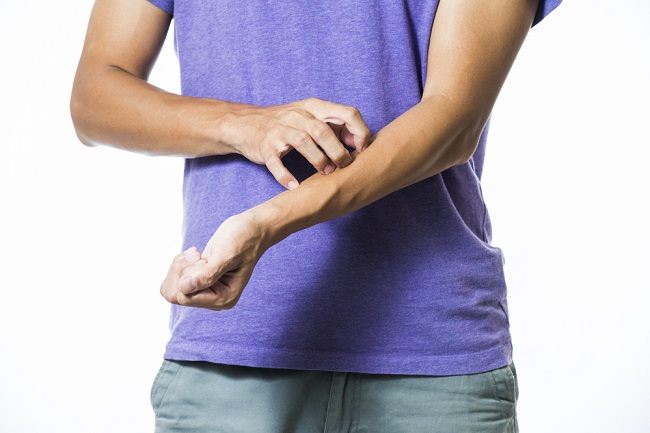Tinea barbae is a fungal infection of the hairy skin on the face and neck, specifically the mustache and beard area. This condition only affects adult males and usually begins with contact with livestock.
Fungal infections in tinea barbae are generally caused by fungi that live on the bodies of farm animals. Therefore, this condition is more often experienced by farmers.
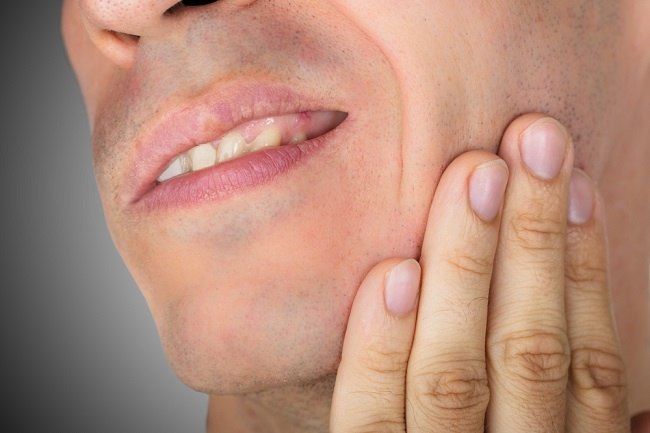
Tinea barbae can cause severe inflammation and swelling. This can lead to hair loss in the infected area.
Causes of Tinea Barbae
Tinea barbae is caused by a dermatophyte fungal infection of the hair follicles and hair on the face and neck, namely the mustache and beard. A person can be exposed to this fungus through direct contact with soil, animals, contaminated objects, or an infected person.
There are several species of dermatophyte fungi that cause tinea barbae. However, the species that most commonly cause this condition are those that nest in animals, such as:
- Trichophyton verrucosum that comes from cows
- Trichophyton mentagrophytes var equinum from horse
Although it's quite rare, Dermatophyte fungi that nest in the human body can also cause tinea barbae, for example Trichophyton rubrum and Trichophyton violaceum.
Risk factors for tinea barbae
There are several factors that can increase the risk of developing tinea barbae, namely:
- Adult male
- Coarse facial hair
- Jobs that require direct contact with farm animals, such as ranchers
Symptoms of Tinea Barbae
Tinea barbae can be a mild infection of the outermost layer of the skin. However, deeper infections with severe inflammation are more common.
Mild tinea barbae is usually characterized by a reddish circular crust (Fig.ringworm) which blisters and feels itchy on the surface of the skin. However, mild tinea barbae also sometimes does not cause any symptoms
In deeper infections, tinea barbae is characterized by the appearance of red bumps, swelling, pus, and crusting. These bumps do not cause itching or pain that are too severe, but can cause hair in the infected area to fall out easily.
When to go to the doctor
Check with your doctor if you experience the symptoms of tinea barbae as mentioned above. Treatment must be done immediately to avoid additional infection due to bacteria because this condition can worsen inflammation and make healing difficult.
Diagnosis of Tinea Barbae
Tinea barbae can be diagnosed through questions and answers about complaints and risk factors, as well as a direct physical examination. Because the condition of tinea barbae can be similar to several other conditions, investigations are needed to confirm the diagnosis. Checks that can be done are:
- Examination using a microscope and the help of potassium hydroxide solution, to show fungal structures from samples of infected skin or hair dredges.
- Examination of culture using agar media, to see the growth of fungi from the sample
- Skin biopsy, to observe abnormalities in skin tissue and fungal structures under a microscope
Tinea Barbae Treatment
To treat tinea barbae, the doctor will advise the patient to shave the hair on the infected area first before giving antifungal drugs. In mild tinea barbae, your doctor may prescribe topical antifungal medications, such as antifungal creams, lotions, or shampoos.
In more severe cases, the doctor will prescribe drugs in tablet form, such as griseofulvin. This drug must be taken by the patient for 2-3 weeks, so that the growth of fungal cells is inhibited. In addition to griseofulvin, terbinafine dAn itraconazole can also be used to treat tinea barbae.
If the swelling experienced by the patient is severe enough, the doctor will give corticosteroid drugs, such as prednisone, in the form of oral or topical. This medication aims to reduce inflammation and reduce the risk of scarring on the skin.
Tinea barbae can be cured if treated properly. The swelling will also subside within a few months. However, patients will be advised to always keep the infected area clean during the treatment period, especially if pus and crusts appear.
Here are treatments that can be done:
- Clean the infected area with soap and water
- Compress the pus and crusty area with a warm wet towel
- Dry the face and neck area until it's completely dry after every compress or wash it
- Wash pillowcases and bed linen at least every 2 weeks to avoid additional infection by bacteria
Complications of Tinea Barbae
If the disease is not treated, people with tinea barbae can experience baldness and scars on the skin. In addition, tinea barbae can also be infected by bacteria when the fungal infection itself has not healed. As a result, the inflammation can get worse and eventually leave a more visible scar.
Tinea Barbae Prevention
The first step that must be taken to prevent tinea barbae is to eliminate the source of the cause. If this condition afflicts the farmer, it is recommended to examine all livestock and separate livestock infected with skin fungus for treatment. In this way, further spread of infection can be prevented.
To prevent transmission to others, people with tinea barbae are advised not to share personal items, such as towels and combs.

